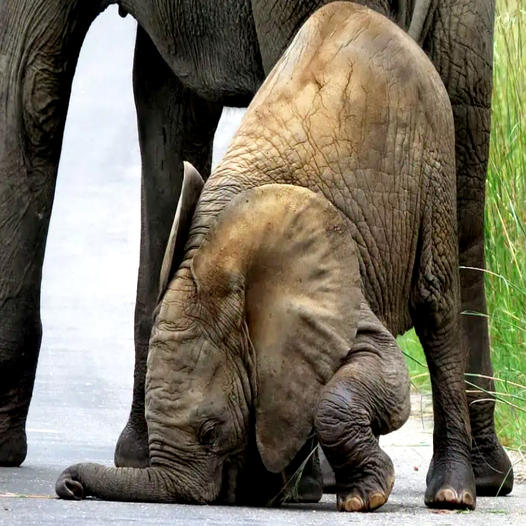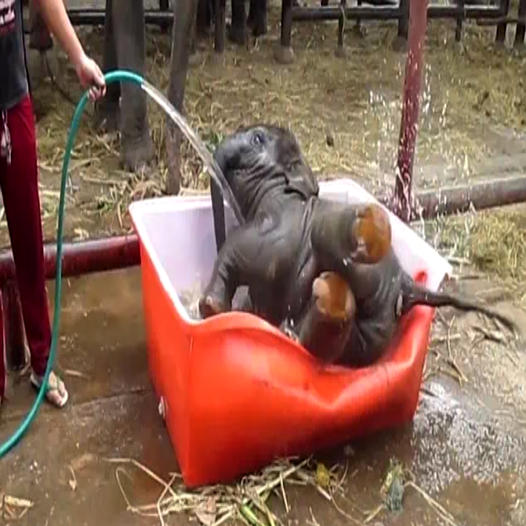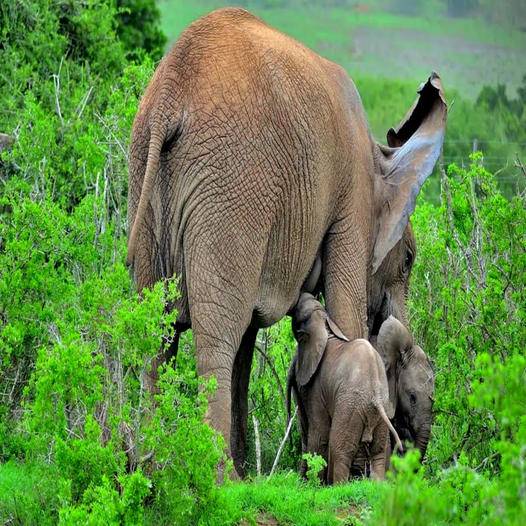Moss and grass are two types of plants that have experienced significant growth and development throughout history. Despite their differences in structure and ecological roles, both moss and grass have thrived and become dominant species in various ecosystems. In this article, we will explore the impressive progression and adaptations of moss and grass.
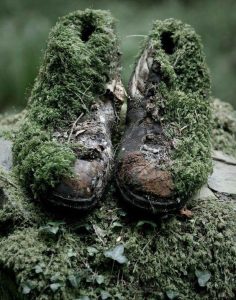
Moss, as mentioned earlier, belongs to the division Bryophyta and is one of the oldest lineages of land plants. Mosses have evolved unique characteristics that have allowed them to colonize diverse habitats. Their ability to absorb and retain water, even in environments with limited moisture, has been crucial to their success. Additionally, mosses have a fascinating reproductive life cycle known as alternation of generations, which contributes to their ability to spread and adapt.
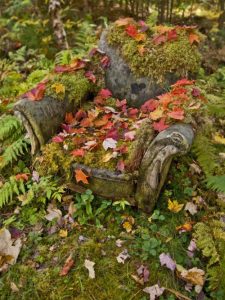
Grass, on the other hand, belongs to the family Poaceae and is a type of flowering plant. Grasses have experienced remarkable development and have become one of the most widespread and important plant families on earth. They have evolved structures such as rhizomes, stolons, and fibrous root systems, which help them efficiently absorb water and nutrients from the soil. Grasses also have a unique method of reproduction through wind-pollination, which has contributed to their successful colonization of vast grasslands and other ecosystems.

One key factor in the strong development of both moss and grass is their ability to compete and adapt to changing environments. Mosses often thrive in shaded, moist areas where other plants struggle to grow. Their low height and efficient water absorption make them excellent competitors in these conditions. Mosses also play a crucial role in soil formation and provide essential habitats for various organisms.

Grasses, on the other hand, have developed strategies to withstand grazing, fire, and drought. Their rapid growth and ability to regrow from the base, thanks to the presence of meristems at the base of the stem, make them resilient in the face of disturbances. Grasses are often the dominant vegetation in grasslands and have coevolved with grazing animals, benefiting from the mutual relationship between them.

Both moss and grass have significant ecological importance. Mosses contribute to soil formation, retain moisture, and help prevent erosion. They also serve as microhabitats for a wide range of organisms, including invertebrates and small mammals. Grasses, with their extensive root systems, contribute to soil stabilization, prevent runoff, and provide food and shelter for numerous animal species.






